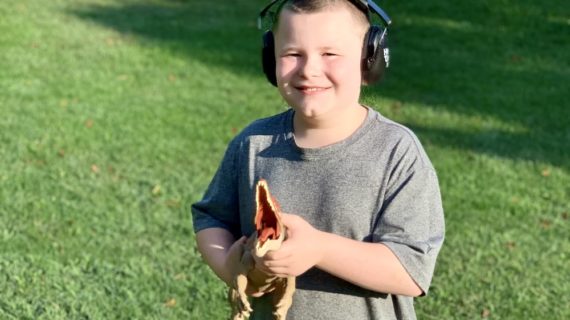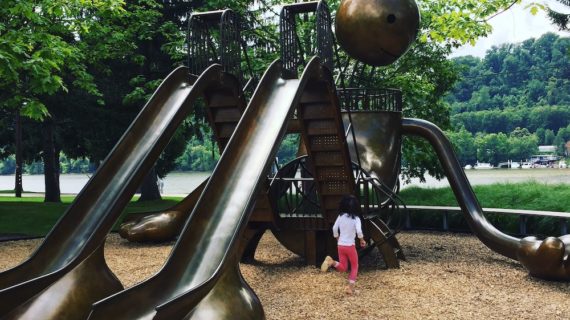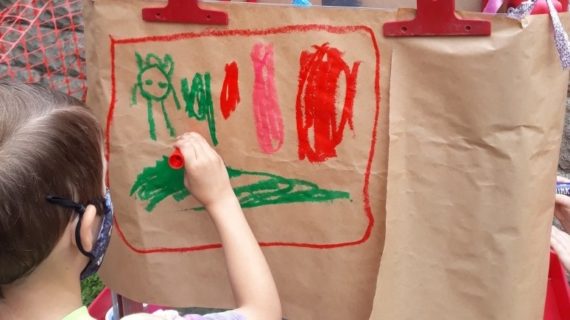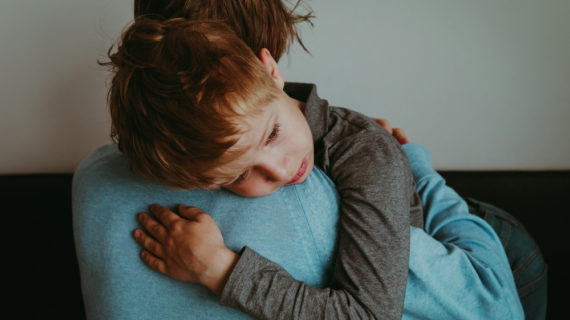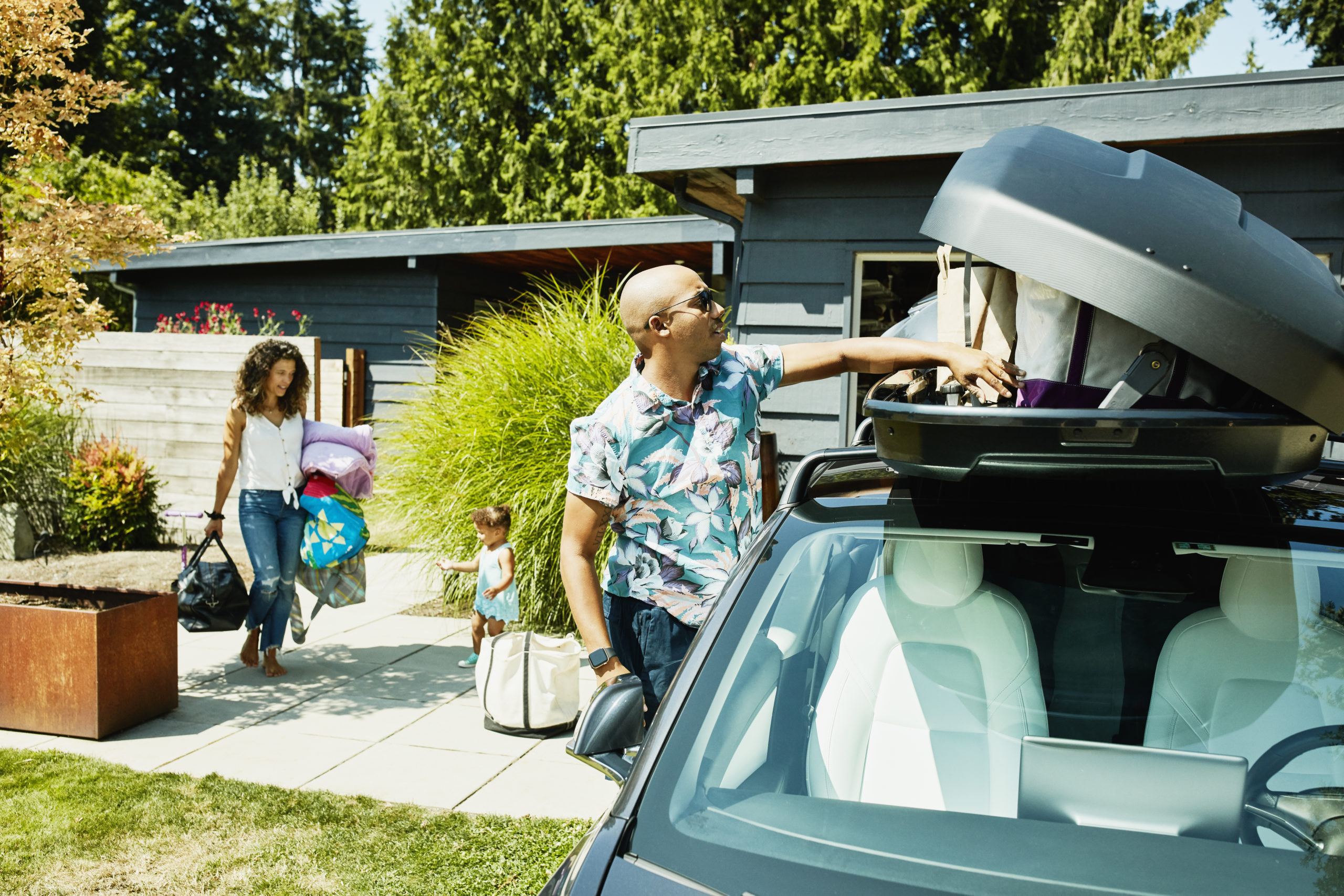
Splinter removed. Vacation saved. Pack your family first-aid travel kit with advice from AHN Pediatrics.
I’m stressing out about our upcoming family vacation trip. How can I make sure we all stay safe and healthy on the road?
It’s impossible to plan for every possibility, but one thing you want to avoid is a medical emergency, even a minor one. If you take along a family first-aid kit, small incidents won’t take an entire day to solve.
“When traveling with your family, make sure that you have electronic access to your child’s medical records through a tool like AHN MyChart,” said Ashley Loboda, MD, of AHN Pediatrics. “It should list all medical conditions, medications, and immunizations.”
“Don’t forget to bring all medications, especially critical medications such as asthma inhalers and an EpiPen, and include extra doses in case your trip is extended,” she added.
What’s in your first-aid kit?
You can keep your full family first-aid kit in your car or suitcase, and add a zippered bag for day trips to slip in your purse or backpack. Refill your supplies each day, especially if you’re camping or hiking.
A commercial first-aid kit is a good place to start. It may have small packs of over-the-counter remedies as pills to substitute a children’s liquid version, if needed.
The doctors at AHN Pediatrics suggest you have these items:
- Adhesive bandages, tape, scissors, and bandage wraps
- Antibiotic ointment, sterile wipes, and antiseptic numbing spray for cuts and scrapes
- Tweezers for splinters or tick removal
- A clean towel, baby wipes for faces, and alcohol wipes to disinfect your tools
- Children’s antihistamine (such as Benadryl®), for insect bites and seasonal allergies
- An auto-injected epinephrine (by prescription only) for severe allergic reactions, if needed
- Children’s ibuprofen (such as Advil®) or acetaminophen (Tylenol®) for pain or fever
- A single-use cold pack that is “cracked,” triggering a chemical reaction to become cold
- Sunblock and bug repellent
- Anti-itch hydrocortisone ointment or gel
- Lip balm to soothe or prevent chapped lips
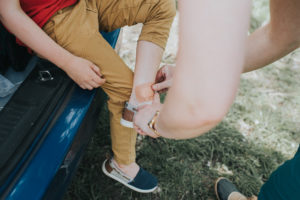
Balance adventures with routines
On vacations with school-aged kids, you’ll want to find a balance between exciting discoveries and the need to keep meals and bedtime on schedule.
“It’s tempting to pack a lot of activities into a trip, especially when it’s far away or expensive,” said Dr. Loboda. “But young children need to rest and regroup after a busy morning of sightseeing, perhaps with a laid-back afternoon around the hotel pool. While you may not get to every ride or day trip, you will have more smiles and fewer tantrums.”
If you switch time zones, try to stay on your own time. When everyone gets up extra early in California, you may beat the crowds to the parks.
Kids as travel agents
“Prepare your children by talking about the fun you are going to have, but let them know if they will share a room, or have long rides in the car,” said Dr. Loboda.
Older children can help plan the trip by researching online. Ask their opinions about hotels and activities. Find books and videos set in the place you’ll be visiting, so they can learn all about the giant redwood trees or big city skyscrapers.
With a little advanced planning and a whole lot of flexibility, your family can have a great summer vacation. Every child is different, so talk to your pediatrician about any concerns, or contact AHN Pediatrics.
This article is a paid content partnership with Allegheny Health Network.





